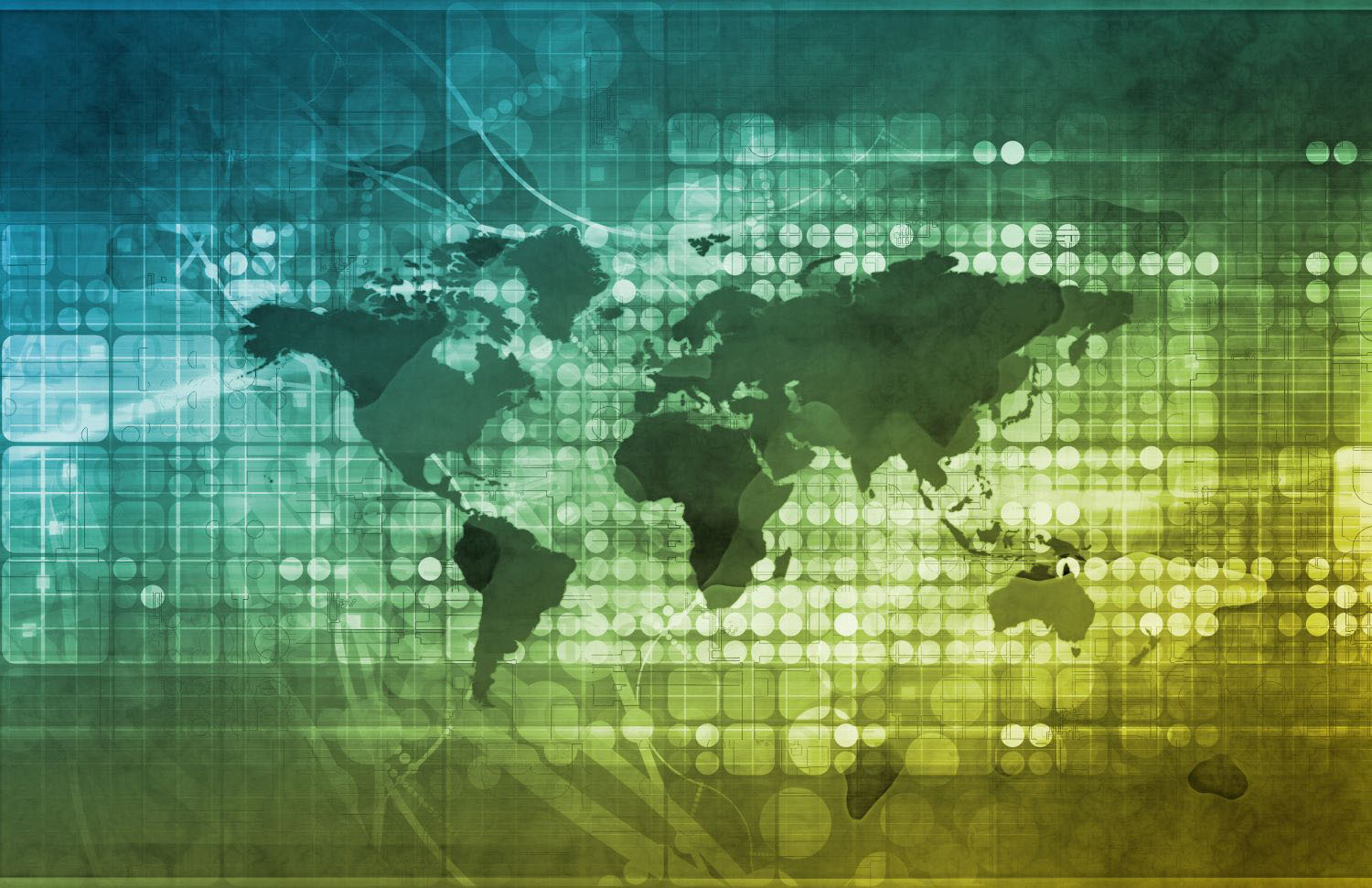Recommended
This week’s General Assembly was a gloomy affair as UN officials strained to defend multilateralism in an increasingly polarized world with several major heads of state MIA.
Among this session’s objectives was a stocktaking of the 17 Sustainable Development Goals (SDGs) adopted in 2015. The SDG review happens every four years, with 2023 their official mid-point. The news was grim—many global indicators show that progress has stalled or reversed since 2015, and not one SDG is on track to be met by 2030.
The SDGs are admirable targets that can and do motivate policymakers and galvanize action. And their universality is a plus. But I am going to out myself as a member of the development community who never fully embraced the SDG framework, which to my mind set countries up to fail. The goals are crazy ambitious, well beyond the financial and institutional capacity of most governments to execute, imply unparalleled shifts in policy, and carry an astronomical price tag in the trillions of dollars (and rising).
Unrealistic goals have also spawned unrealistic expectations for reaching them, including that the private sector would be a major source of funding for the SDGs through the "billions to trillions" model (i.e., using public resources to leverage private capital). These trillions have failed to materialize, and the result is that we face continued reckonings for financing which never lead to satisfactory outcomes. This week was no exception.
UN delegates doubled down on the SDGs through a political declaration which includes 43 paragraphs of reaffirmations and renewed commitments. Deep concern is expressed for the “marked increase of the estimated SDG financing gap” with members recognizing “the urgency of providing predictable, sustainable and sufficient development finance from all sources,” including through better development cooperation, capacity building for domestic resource mobilization, and catalyzing private capital. Aside from being urged to scale up and fulfill official development assistance (ODA) commitments, donors are let off the hook.
In his remarks, UN Secretary General António Guterres said that he was “deeply encouraged” by the declaration, especially its commitment to improving developing countries’ access to finance. He welcomed “clear support” for his $500 billion annual SDG stimulus plan, which includes an effective debt relief mechanism, re-capitalization of the multilateral development banksand reform of the international financial architecture. He expressed hope that the declaration would represent “a game-changer in accelerating SDG progress.”
Readers, it will not.
The problem is that this document suffers from an acute lack of credibility. There are no monitoring or accountability mechanisms, and the declaration is rife with warm and fuzzy sentiments that ring especially hollow this year, such as agreeing to devotedly pursue sustainable development through “international cooperation and partnership on the basis of mutual trust and the full benefit of all, in a spirit of global solidarity, for the common future of present and coming generations.”
I recognize there is no feasible alternative to recommitting to the SDGs. Political realities dictate that the international community cannot abandon this global experiment halfway through its implementation even though it is expected to fail.
Instead, countries pretend to make commitments and the development community pretends to believe them. This expectations/under-delivery loop is implicit in most political documents of this ilk, but in the space between what is promised and what is tenable, cynicism and disenchantment fester. And in the context of widening trust deficits, we need to mind this gap.
Here is what I think would help narrow it:
-
More candor about the best-case scenario between now and 2030—it’s not clear to me what is gained by insisting that the SDGs are still achievable. Circumstances have changed dramatically since 2015 and resetting expectations could help focus money and attention on the most acute problems including poverty, hunger, malnutrition, maternal mortality, and climate change.
-
Acknowledgement that major SDG dividends from domestic and private resource mobilization have not materialized as hoped and clarity on why to expect more from these sources between now and 2030 (as implied in the declaration).
-
A focus on where we could move the needle through policy shifts alone—for example the World Bank’s Women, Business and the Law project is a fantastic compendium of laws, policies, and regulations that limit women’s economic freedom. Changing these requires political will, not development assistance. A major win would be scaling back fuel subsidies, which reached a record $7 trillion in 2022, and could generate significant revenue windfalls while slowing climate change.
-
A renewed focus on development impact so we can allocate scarce resources better. Financing discussions are focused almost entirely on volumes but not on how they can best be leveraged to support the SDGs. A fresh look at the 2005 aid effectiveness principles to improve the quality and impact of assistance would be a good start.
Delegates can now return home with four years ahead of them before the next SDG stocktaking—a long time in the life of a politician. 2027 will be the last opportunity for a course correction before the 2030 end date. In the meantime, we will have to look to other events like the World Bank/IMF annual meetings and next year’s G20 to discern progress on the reform and financing agendas endorsed at UNGA.
Disclaimer
CGD blog posts reflect the views of the authors, drawing on prior research and experience in their areas of expertise. CGD is a nonpartisan, independent organization and does not take institutional positions.
Image credit for social media/web: Ryan Brown / UN Women






